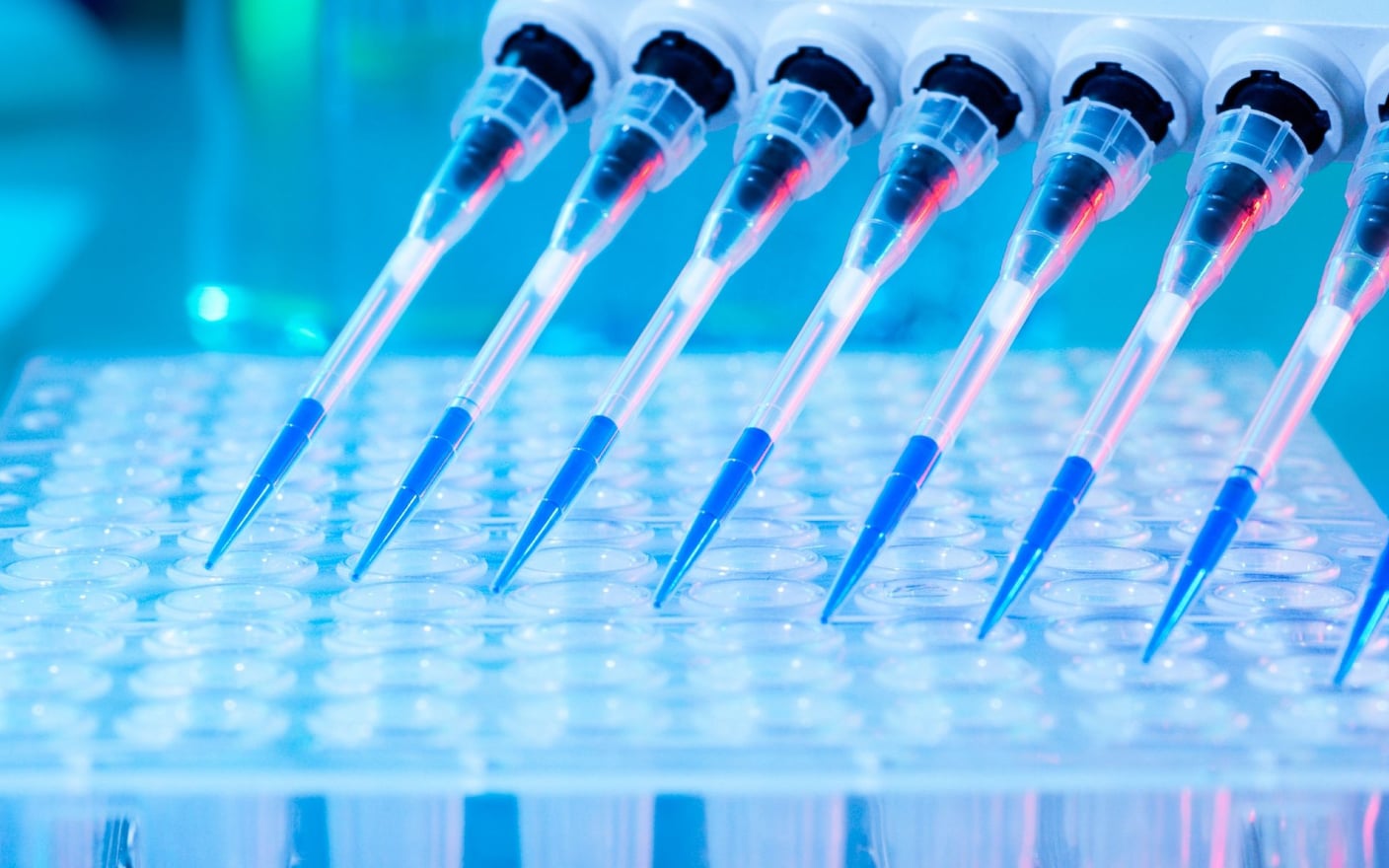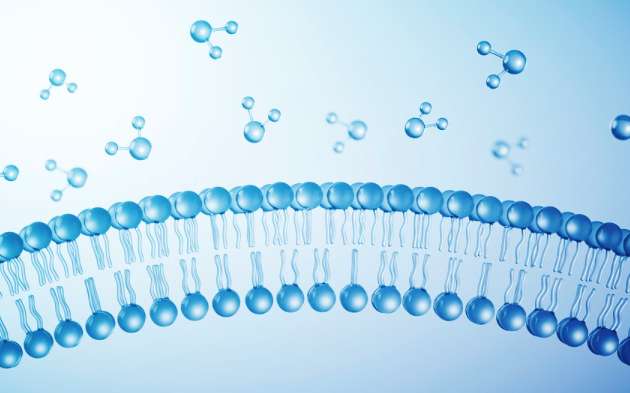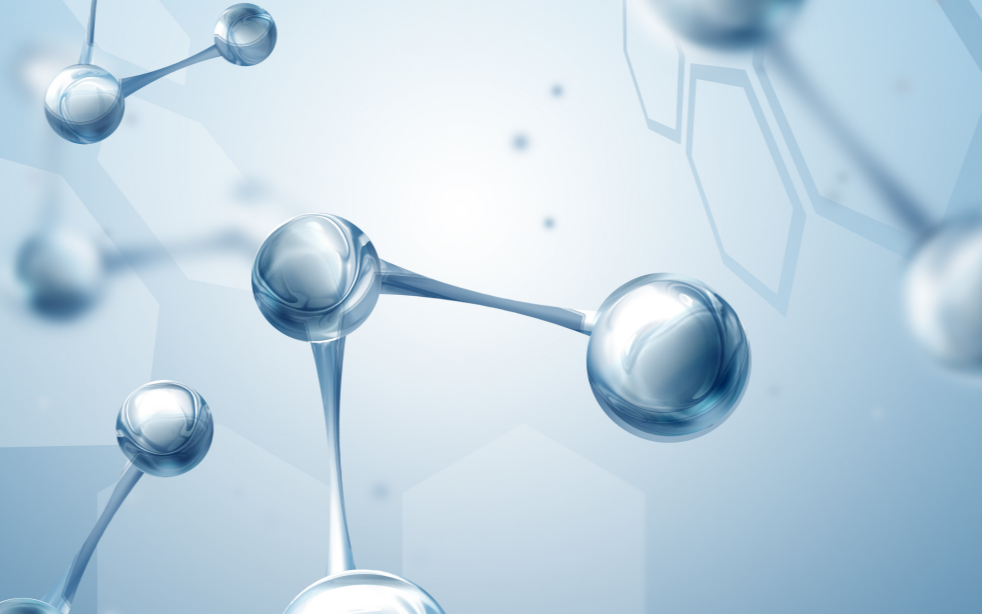Lipophilicity, also known as lipid solubility, refers to the ability of a compound to dissolve in non-polar solvents. The lipophilicity of drugs plays a pivotal role in the fields of pharmacology, pharmacokinetics, and toxicology 1,2. Therefore, studying the lipophilicity of test articles is conducive to establishing the structure-activity relationships of drugs. This blog introduces the method for measuring the lipophilicity of compounds to provide references to drug in vitro ADME and in vivo PK studies, with a focus on the reversed-phase high-performance liquid chromatography (RP-HPLC) that specifically detects highly lipophilic compounds.
Why is the determination of Log P crucial for lipophilicity?
The lipophilicity of compounds is recognized as a critical parameter in quantitative structure-activity relationship (QSAR) studies. Log P and D are two characteristic parameters for measuring lipophilicity. The magnitude of log P is only related to the basic properties of the compound, such as molecular volume, dipole moment, and hydrogen bond acidity and basicity. Except for these fundamental properties, the magnitude of log D relates to the pH of the environment in which the compound is present. Therefore, the magnitude of log P could provide a more direct indication of the overall trend of lipophilicity.
Why is RP-HPLC recommended to measure log P?
Current methods for determining log P include computer simulation, the shake-flask method, and reverse phase high-performance liquid chromatography (RP-HPLC). Computer simulation is more cost-effective and faster than the other methods. However, it may cause less accurate values than assay-determined values. The shake-flask method offers the advantages of accurate results and minimal sample requirement. However, it has certain limitations, such as being relatively time-consuming, the need for high compound purity, being unsuitable for unstable compounds, and a limited measurement range of −2 < log P < 4.
Compared with the shake-flask method, reversed-phase liquid chromatography (RPLC) provides several advantages, such as higher speed of measurement, milder operating conditions, small sample volume, low purity requirements, and a broader detection range (applicability may be expanded to compounds with log P > 6 under certain circumstances). Therefore, RPLC is widely used in the studies.
How to use RP-HPLC to measure lipophilicity
Establishing RP-HPLC methods for lipophilicity determination
The general procedure for measuring a compound’s log P value using RP-HPLC is as follows:
-
Inject the selected reference compound into the qualified RP-HPLC system to obtain the retention time by which the capacity factor (k) could then be calculated.
-
The logarithms of the capacity factors are plotted against their respective known Log P values. This equation is referred to as the standard equation.
-
Based on the retention time obtained for the test compound under the same RP-HPLC conditions, calculate the capacity factor and substitute it into the standard equation to determine the Log P value of the test articles.
Establishing the standard equation is the most important step in determining lipophilicity by RP-HPLC.
Conclusion
Lipophilicity measured during early drug screening could enhance the success rate of drug development. The RP-HPLC approach enables high-throughput and rapid analysis and can measure the Log P of high lipophilicity, thereby effectively overcoming the limitations of the shake-flask method. The WuXi AppTec DMPK could combine the two established RP-HPLC methods with the shake-flask method to provide accurate and efficient log P determination for compounds at different stages of drug development based on customer needs.
If you want to learn more details about the determination of lipophilicity using RP-HPLC, please read the article now.
Committed to accelerating drug discovery and development, we offer a full range of discovery screening, preclinical development, clinical drug metabolism, and pharmacokinetic (DMPK) platforms and services. With research facilities in the United States (New Jersey) and China (Shanghai, Suzhou, Nanjing, and Nantong), 1,000+ scientists, and over fifteen years of experience in Investigational New Drug (IND) application, our DMPK team at WuXi AppTec are serving 1,500+ global clients, and have successfully supported 1,200+ IND applications.
Talk to a WuXi AppTec expert today to get the support you need to achieve your drug development goals.
Reference
1 Smith DA, Jones BC, Walker DK. Design of drugs involving the concepts and theories of drug metabolism and pharmacokinetics. Med Res Rev. 1996; 16(3):243-266.
2 Waring MJ. Lipophilicity in drug discovery. Expert Opin Drug Discov. 2010; 5(3):235-248.
Stay Connected
Keep up with the latest news and insights.













